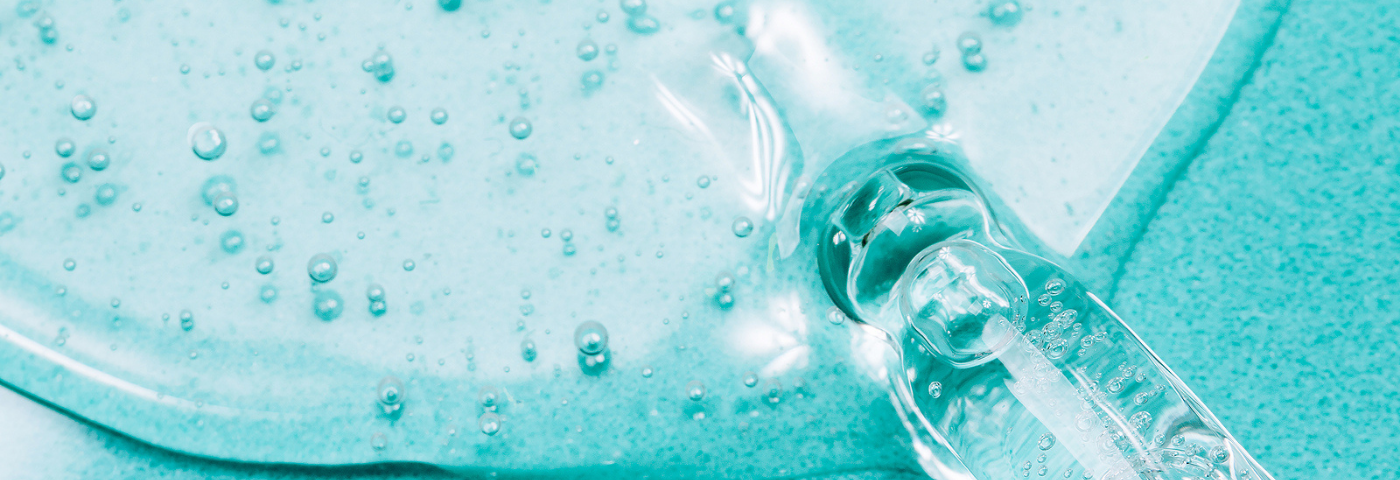(Sponsored content) An interview with David Caballero-Lima, R&D Manager, Labskin
Labskin has been around for twelve years – can you tell us about the history of the company as well as your field of expertise?
The Labskin model was created by a group of microbiologists at the University of Leeds to study the skin human microbiota and the microbial/host interaction in a controlled environment. Labskin has unique features, including its improved barrier function, dry surface and the expression of antimicrobial peptides which allow the colonization of the model with skin microbiome. We use these defining characteristics to develop methods for testing ingredients and formulations on the microbial community on Labskin.
We colonise Labskin with different microbial consortia containing mixes of skin bacteria and fungi. We can also isolate the whole microbiome from volunteers and transplant this microbiome onto Labskin. We can even challenge those consortia or microbiomes with pathogens. Then, combining a range of techniques such as colony counting, RT-qPCR, immunohistochemistry, ELISA or sequencing; we are able to look at the effect of those products on both the host and the microbiota at the same time.
We can’t avoid the obligatory question about Covid-19 and testing sanitizers… you collaborate with various universities and academics…any exciting initiatives you can share with us?
We regularly carry out tests on skin sanitisers, soaps and cleansers using our commensal skin consortia and specific pathogens. In the lab, our standard methods for testing sanitisers against the virus implement the most robust safety measures. We are now working with two leading universities with Containment Level 3 biosafety levels for specific laboratory work on SARS–CoV2.
Most data on the efficacy of hand sanitisers against the Covid-19 virus do not correlate to a real-life situation. We use our Labskin model to get data in an environment that closely resembles real human skin. Additionally, we isolate microbiome from volunteers and have developed methods to isolate those microbiomes without contact with the subject. In effect, we run remote clinical trials that use an internet portal to recruit and send swabs to the volunteers and recover the whole microbiomes from those volunteers to safely transplant them onto our skin models in our facilities.
Your 3-D skin model is a great alternative to animal testing in China. You are now also working on a melanocyte skin model for ethnic African and Asian skin… What can we look forward to internationally?
China still mandates that cosmetics safety has to be tested in animals although recent announcements have lifted restrictions on importing cosmetic products with alternative methods for safety assessment. The Chinese regulator is looking to establish alternatives in vitro standards to animal testing. Labskin is in an excellent position to become a key part of the new regulatory environment emerging in the Chinese cosmetics market.
In January 2020 Labskin signed a Memorandum of Understanding with the Innocare Group to promote innovation and cooperation on regulatory compliance without animal testing. To make our skin models more relevant to Asian markets, Labskin is collaborating with the University of Bradford to develop a model containing melanocytes so that next-generation skin models can be created using cells from donors with different ethnic backgrounds. Melanin is a natural sink of chemical compounds so different level of pigmentation could become an important factor not only for safety testing and efficacy.
Looking ahead 10 or 20 years from now, what does the future hold for the lab–grown human skin model? How far can you go?
At this point, there is no limit to what we can do with skin models. The most urgent matter to address is adding extra complexity. This includes the need for melanocytes and Langerhans cells, sourced to improve the immune response of the models. Research demonstrates that this is possible; it just needs to be commercially produced. The next step will be to add complex macrostructures, such as hair follicles, sweat and sebaceous glands, possibly by reprogramming stem cells. Blood vessels could be developed inside a 3D model like Labskin as we know that seeding endothelial cells into a skin model produces a self-organized microvasculature.
A combination of these techniques and 3D bioprinting will give rise to a new generation of skin models with blood/lymphatic vessels that could be connected to a microfluidic system, similar to our circulatory system, wired to keep the skin alive. All of this improvement combined with further developments in acute, chronic toxicology and efficacy will result in improved models.
Visit the Labskin website to discover more of their work. Labskin is also exhibiting at in-cosmetics Virtual on 6-8 October 2020; book a video meeting with them to pose your own questions.

